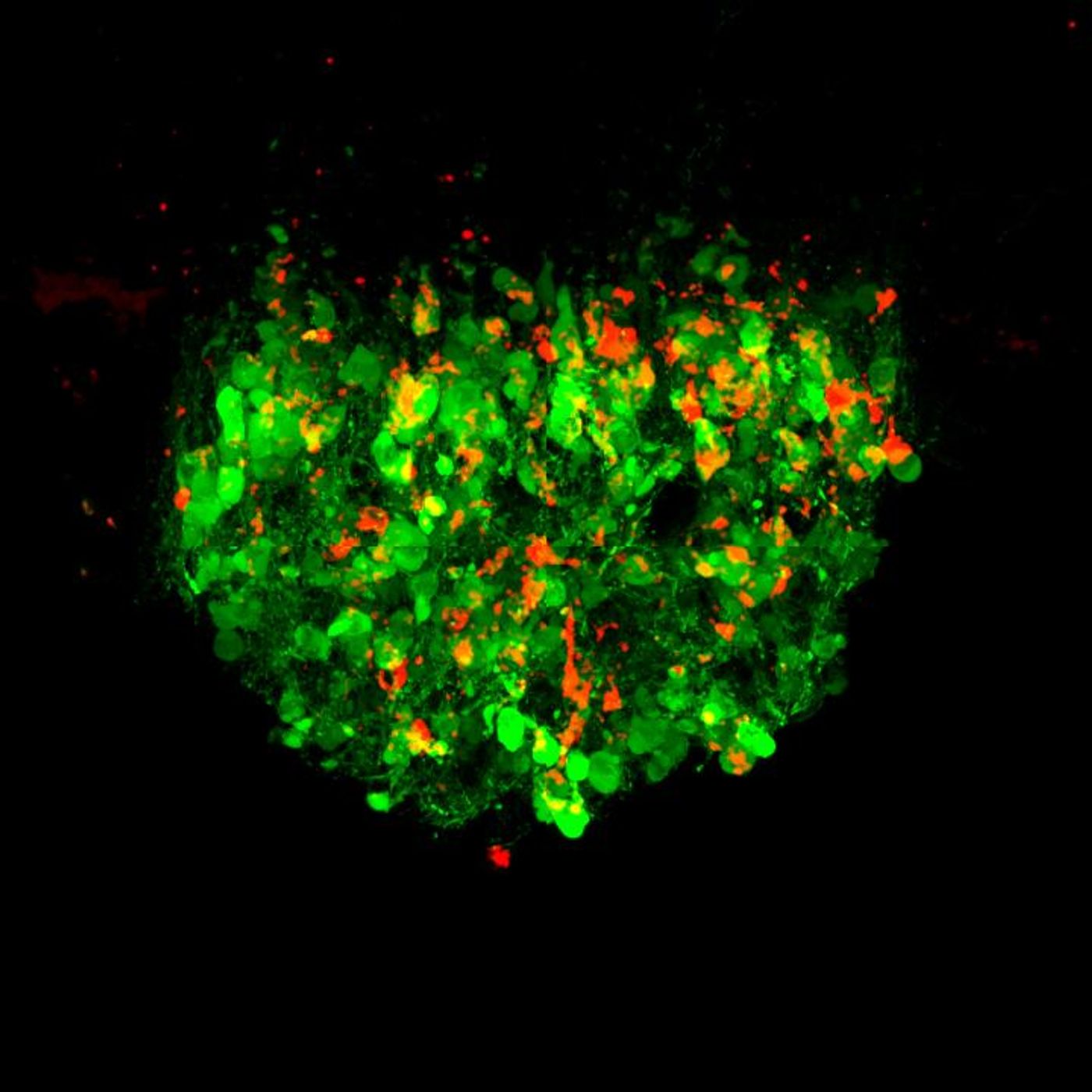It took scientists three years to learn how thirst is controlled in mice. The most salt a mouse will tolerate in their water is about half the saltiness of seawater. Thirst is regulated by brain cells that are briefly sated when mice drink this salty solution, and within a minute these thirst neurons will begin to fire again, telling the mouse it is still thirsty. The researchers have now reported in Nature that the gastrointestinal tract can sense salt concentrations and send the brain the message.
How was the brain knowing immediately when thirst was quenched? "It was something we just couldn't explain," said Howard Hughes Medical Investigator Zachary Knight, a neuroscientist at the University of California, San Francisco (UCSF).
"We've discovered a new way that the gut talks to the brain," said UCSF graduate student Christopher Zimmerman.
While it’s been suggested that the gut plays a role in regulating thirst, this work indicates what that role is.
Knight and colleagues have previously utilized an optical fiber in the brain to observe neuronal activity as mice drank; neurons fired as liquid hit the throat. Their efforts demonstrated that the throat can send signals about thirst, Knight said.
It seemed that salt could also turn thirst neurons off, but not for very long. "It's like there's another signal telling the thirst neurons, 'This is not rehydrating you,'" Knight explained.
In this new work, the team showed that the gut has a salt sensor that can report directly to the brain. Water without salt can inactivate thirst neurons, while saltwater does not, and the thirst neurons remain active. The sensor can also tell how salty the water is. "What's stunning about the finding is that the gut can so precisely measure salt concentration," noted Knight.
The team used miniature microscopes to show input from the gut, throat, and blood goes to individual neurons in an area called the median preoptic nucleus, determining whether an animal gets thirsty. "No one had ever observed this happening in a single cell before," Zimmerman added.
Knight said that the whole thirst-sensing process is relatively simple. This could offer a blueprint for studying more complex feedback systems, like appetite.
"This is a prototype of the kind of science we're going to be doing in my lab in the years to come," said Knight.
Sources: AAAS/Eurekalert! via Howard Hughes Medical Institute, Nature



![Master Lab Weighing: Accuracy, Compliance & Audits [eBook]](https://d3bkbkx82g74b8.cloudfront.net/eyJidWNrZXQiOiJsYWJyb290cy1pbWFnZXMiLCJrZXkiOiJjb250ZW50X2FydGljbGVfcHJvZmlsZV9pbWFnZV85MWRmZmRjMDIwNDBlMWJjMzYwN2ZiYWY2ZjI4ZGMzYzBmZGMwZGMyXzkxOTcucG5nIiwiZWRpdHMiOnsidG9Gb3JtYXQiOiJqcGciLCJyZXNpemUiOnsid2lkdGgiOjcwMCwiaGVpZ2h0IjozNTAsImZpdCI6ImNvdmVyIiwicG9zaXRpb24iOiJjZW50ZXIiLCJiYWNrZ3JvdW5kIjoiI2ZmZiJ9LCJmbGF0dGVuIjp7ImJhY2tncm91bmQiOiIjZmZmIn19fQ==)






